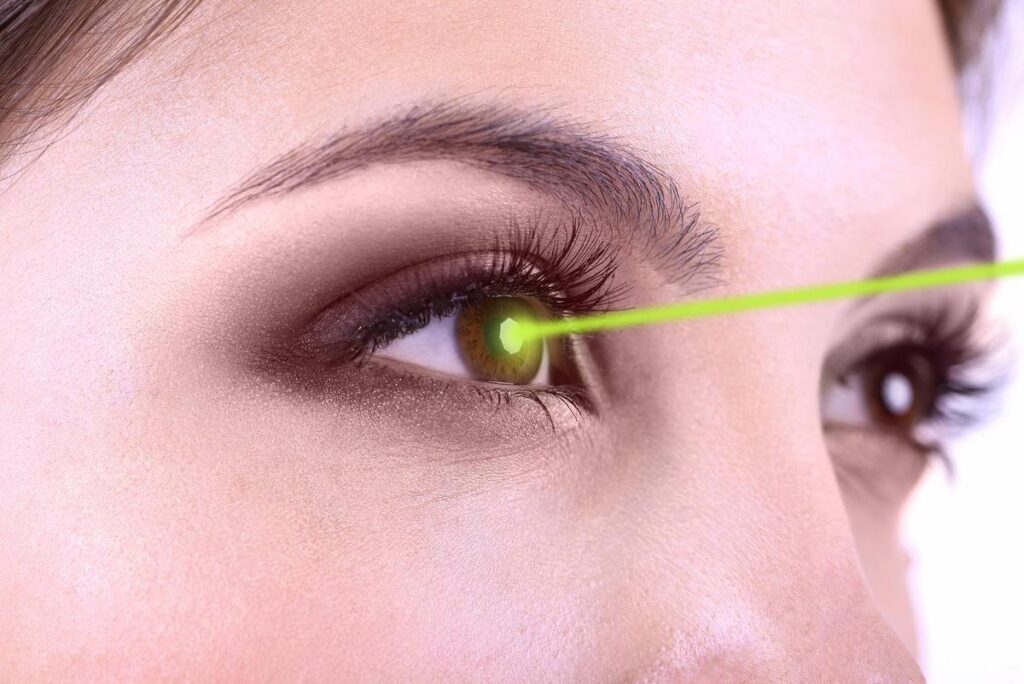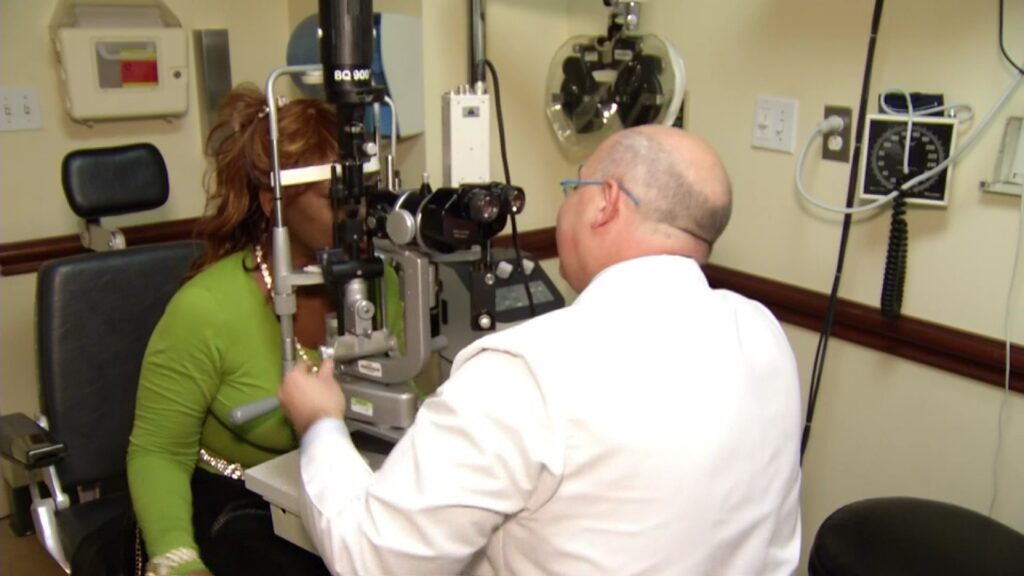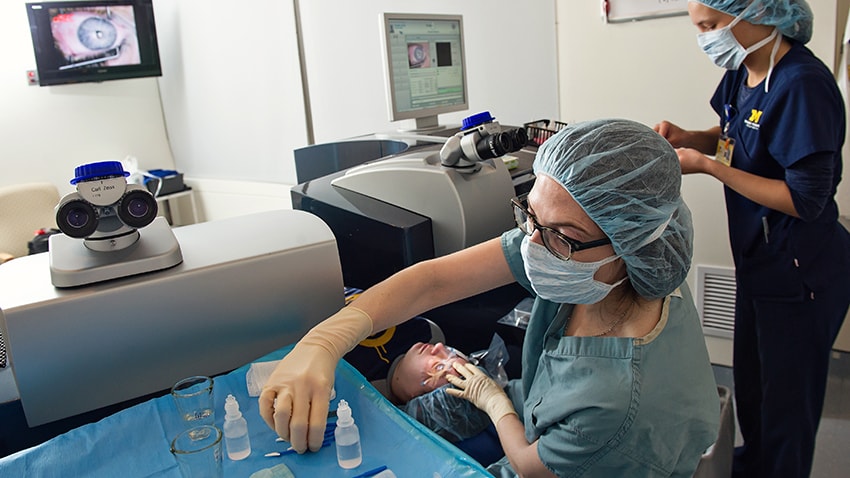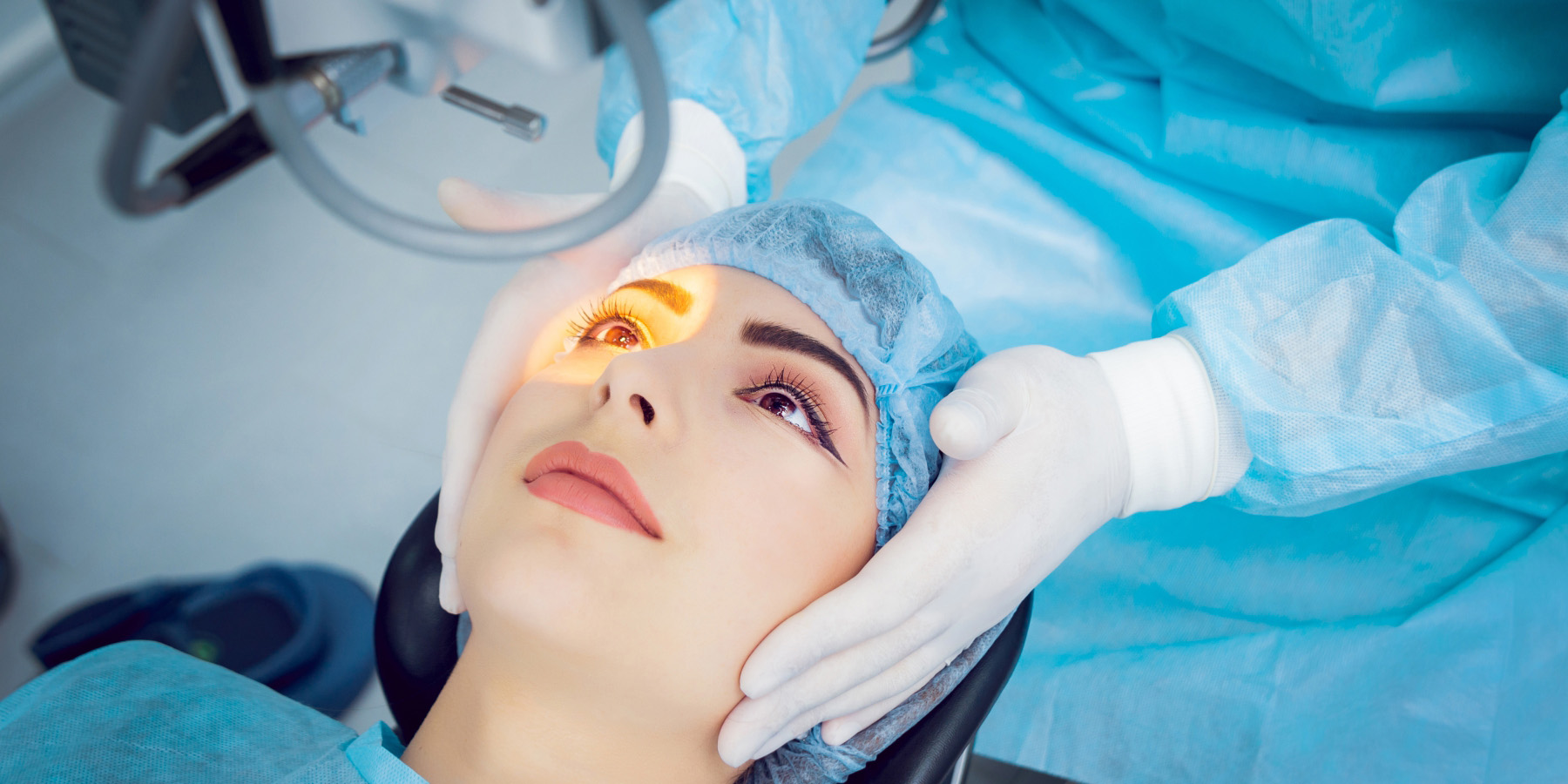The most common laser eye surgery to correct refractive vision abnormalities is lasik surgery, also known as laser in-situ keratomileusis. Over 600,000 Americans get lasik surgery each year to correct nearsightedness, farsightedness, or astigmatism.
Lasik surgery involves making an incision across the cornea of your eye, lifting a flap of tissue, and reshaping the cornea to correct your vision. Even though the notion of having your eye cut by a surgeon makes you nervous, studies indicate that problems occur in fewer than one out of every twenty procedures, and that even these are usually minor concerns that do not result in vision loss. Laser vision correction (laser eye surgery) is a fantastic solution for improving eyesight for a number of reasons:

- Patients seldom experience any pain after lasik surgery.
- Following surgery, you will notice an immediate improvement in your eyesight. Patients who have laser eye surgery have a 95% probability of improving their vision to 20/40 or better, with an extra 85% chance of recovering to 20/20 vision.
- Although eye surgery lasik may take a few weeks to correct your vision, the results are permanent, even if your prescription changes over time. Only if the patient’s vision has altered somewhat with age or if the first correction was inadequate for the patient is a follow-up surgery necessary.
- Patients generally report a considerable decrease in the need for glasses after lasik surgery, with some patients not requiring glasses at all. Despite the fact that lasik eye surgery requires a considerable financial investment up front, patients save hundreds of dollars each year since their eyeglass and contact lens prescriptions no longer need to be updated.
If you’d want more information on how to permanently fix your vision, speak with your eye doctor. The LASIK technique for eye surgery may be the most convenient and cost-effective option available.
Reduce the amount of time you spend doing things.
After LASIK eye surgery, you will need to limit your activities for a period of time, as is the case with most operations. To minimize issues, you should avoid driving for the first one to two days after your therapy. Allowing your eyes to heal and settle before getting behind the wheel is safer than driving when your vision is still shaky. Based on the facts of your circumstance, your LASIK surgeon will provide you with a more detailed timetable. You should also limit your reading time to no more than a couple hours each day to minimize eye fatigue.

Exercise, sports, gardening, and other activities that might cause jarring to the body and head should be avoided for at least one week after laser eye surgery to prevent dislodging the corneal flap that was produced during the procedure. In addition, while engaging in outdoor activities, you should always wear sunglasses. Wearing UVA and UVB-blocking sunglasses is critical in the days and weeks after your treatment since the sun may be quite harmful. The corneal flap may be removed by squinting, and the sun’s warm rays can create corneal haze. If you have light sensitivity, which is common among LASIK patients, you may endure impaired vision and discomfort as a result of the haze.
Please refrain from rubbing your eyes.
Despite the fact that the eye is a very fast-healing organ, it does not repair itself instantly after an injury. The edges of the corneal flap require an average of three days to heal fully. Avoid rubbing your eyes for a week following the treatment if you want to be particularly careful. If you’re worried about accidently rubbing or knocking out your eyes while sleeping, your surgeon may recommend that you wear goggle-style glasses at night to protect your healing eyes while they heal.
Prevent water from entering your eyes.
Your doctor will advise you to avoid getting any sort of water in your eyes, including tears, during the first two to three weeks following your LASIK procedure. We already discussed how long it takes for the flap created during your LASIK treatment to recover, in addition to how long it takes for the flap to repair. Every drop of water, including shower and bath water, contains germs that may cause infection in the healing eyes. If you feel the urge to clean the areas around your eyes, soak a cotton ball in saline solution and gently massage the area around your eyes while shutting your eyes.

Take all of your medicines as recommended, and use lubricating drops as indicated.
The use of prescription eyedrops prescribed by your doctor after (and sometimes before) lasik surgery is important to the procedure’s effectiveness. These therapies will not only aid in the healing of your eyes, but they will also help to avoid swelling and infection, both of which may lead to a worse than ideal outcome if they occur.
Dry eyes are typical in laser surgery patients, particularly in the days after the procedure. Using lubricating eyedrops, which are available over-the-counter, may help relieve the discomfort. Consult your LASIK surgeon to find out which brand she recommends; nevertheless, selecting a drop that is free of preservatives is typically better to other possibilities. Preservatives in certain over-the-counter lubricating eyedrops may induce pain in those who have recently had lasik surgery.
Maintain Consistent Attendance at All Appointments
Keeping all of your scheduled appointments with your LASIK surgeon or follow-up ophthalmologist is just as important as taking your prescribed medications to guarantee the best possible results. The doctor will check you and test your vision, as well as monitor your recovery and resolve any issues that arise. During these conversations, the necessity of asking questions and bringing up any unusual symptoms cannot be emphasized.
Despite the fact that there are additional things you may do to guarantee a good LASIK operation, doctors generally recommend these five actions to ensure a positive result. It’s important to understand that although though LASIK eye surgery is a common procedure, it’s still considered surgery. Following your doctor’s instructions and directions is the most efficient approach to get the most out of your LASIK eye surgery operation.

